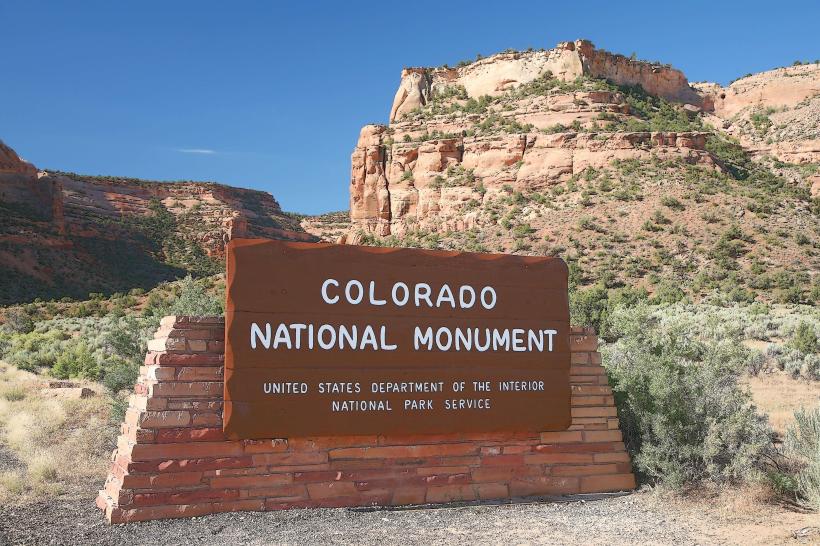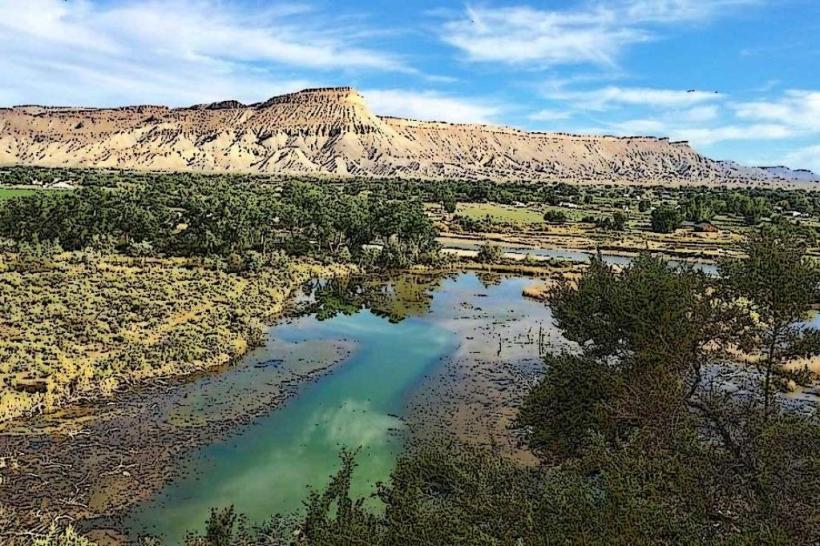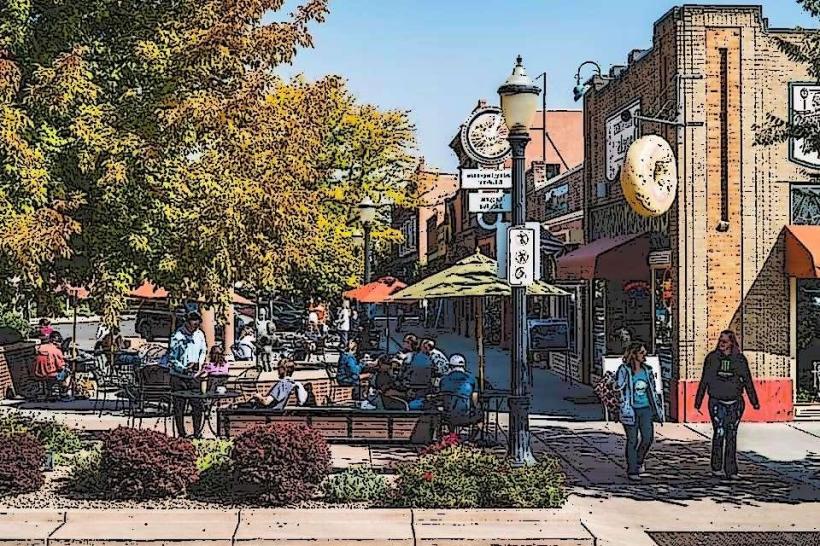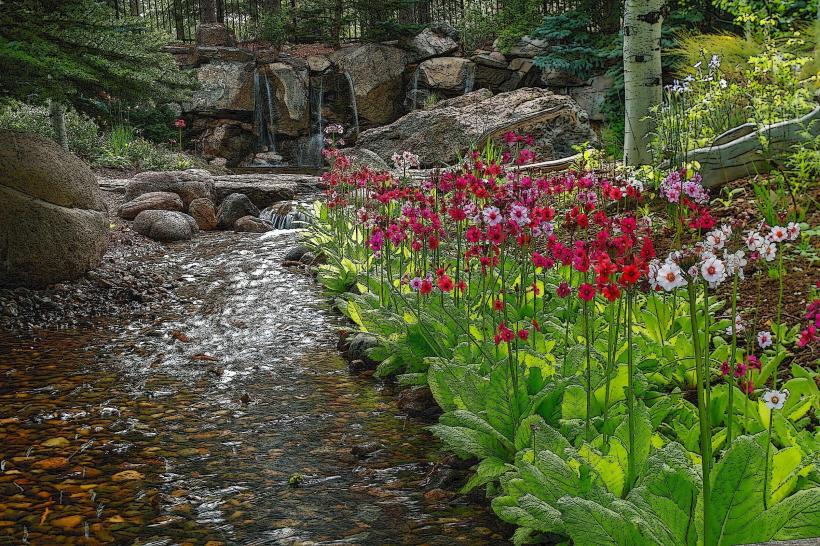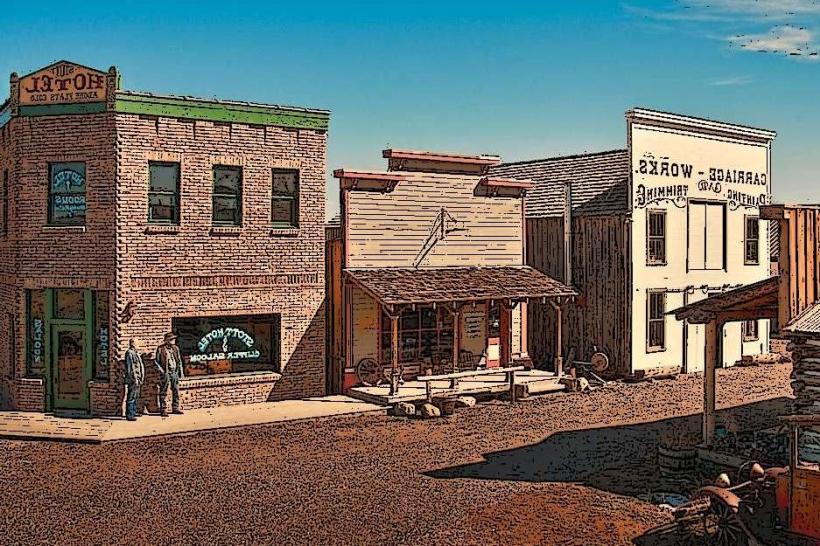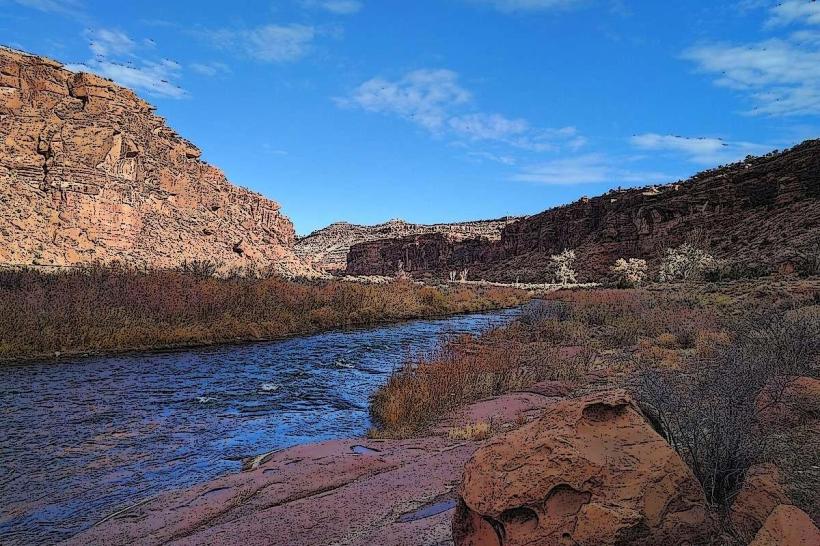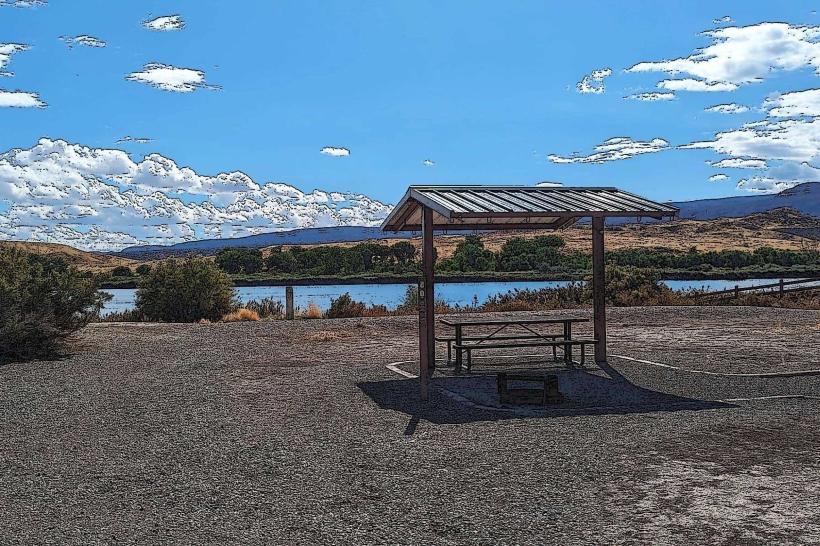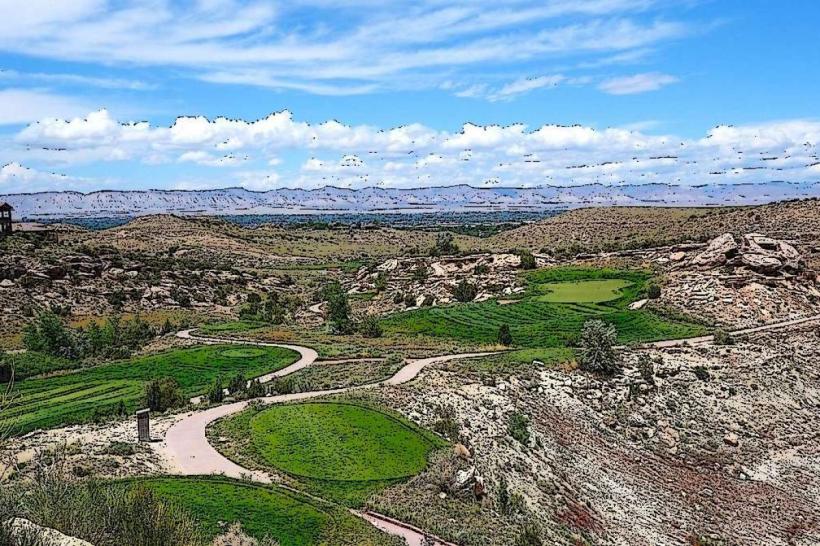Information
City: Grand JunctionCountry: USA Colorado
Continent: North America
Grand Junction, USA Colorado, North America
Grand Junction, Colorado is the largest city on Colorado’s Western Slope and serves as a major economic, cultural, and transportation hub for the Colorado Plateau region. Located in Mesa County near the Utah border, it sits at the confluence of the Colorado River and Gunnison River, surrounded by dramatic red rock formations, desert plateaus, fertile orchards, and high mountain mesas. Known for its wine country, outdoor recreation, and vibrant downtown, Grand Junction is often considered the gateway to Colorado’s high desert and canyon country.
GEOGRAPHY AND LANDSCAPE
Elevation: 4,593 feet (1,400 meters) above sea level
Position: Located in a broad valley between the Book Cliffs to the north and Grand Mesa to the southeast
Surrounding Features:
Colorado National Monument: Towering red rock formations, plateaus, and canyons just southwest of town
Grand Mesa: The world’s largest flat-topped mountain, with over 300 alpine lakes and forests
Book Cliffs: Rugged escarpments stretching east to west, creating a dramatic natural barrier
Rivers: The Colorado and Gunnison Rivers meet in Grand Junction, shaping its geography, economy, and recreation
The city lies at the convergence of multiple ecological zones: high desert, alpine forest, riparian corridors, and sagebrush steppe.
CLIMATE
Grand Junction has a semi-arid desert climate, much warmer and drier than mountain towns on the Front Range or Western Slope.
Summers: Hot and dry, with average highs in the upper 80s°F to mid-90s°F (30–36°C); low humidity
Winters: Mild, with average highs in the 30s–40s°F (0–7°C); occasional snow, but it melts quickly in town
Spring/Fall: Long and pleasant seasons, ideal for agriculture, biking, and outdoor events
Sunshine: Over 245 sunny days annually
Its favorable weather supports a long growing season, contributing to its agricultural economy.
HISTORY
Indigenous Inhabitants: Originally inhabited by the Ute people, particularly the Uncompahgre Band
Settlement and Railroads:
Founded in 1881 where the Gunnison River meets the Colorado River
Became a rail center for transporting fruit, coal, and minerals
Name Origin: "Grand" comes from the original name of the Colorado River (the Grand River); “Junction” refers to the meeting of rivers and rail lines
Historically a fruit-producing hub, the area was once called the "fruit basket of Colorado."
URBAN STRUCTURE AND DISTRICTS
Grand Junction is organized into distinct areas based on land use, river access, and proximity to natural features.
Downtown Grand Junction
Revitalized urban core centered on Main Street
Features tree-lined sidewalks, locally owned shops, public art installations, cafes, and galleries
Hosts year-round events like Art on the Corner, farmers markets, and seasonal festivals
Home to the Avalon Theatre, Museum of the West, and Western Colorado Center for the Arts
North Area
Suburban development with newer residential areas, shopping centers, and schools
Proximity to Community Hospital and Colorado Mesa University expansion zones
Orchard Mesa & Redlands
South of the Colorado River
Blend of rural properties, vineyards, and suburban homes
Redlands offers spectacular views of the Colorado National Monument and red rock cliffs
Fruita and Palisade (Suburbs)
Fruita (west of Grand Junction): Biking hub, family-friendly neighborhoods, near Dinosaur sites and trails
Palisade (east of town): Wine country, peach orchards, and artisan farms
AGRICULTURE AND WINE
Grand Junction anchors Colorado’s Wine Country and a thriving agricultural region:
Palisade Peaches: Grown in the fertile soil and warm climate, celebrated statewide
Vineyards: The area hosts over 30 wineries and tasting rooms, many with mountain backdrops and vineyard tours
Lavender farms, honey producers, heirloom vegetables, and craft distilleries contribute to local flavors
Colorado Mountain Winefest: Major event each fall in Riverbend Park, Palisade
OUTDOOR RECREATION
Grand Junction is a gateway to desert and alpine adventure, including:
Hiking and Scenic Areas
Colorado National Monument: Sandstone monoliths, canyon trails, and scenic overlooks on Rim Rock Drive
Dominguez-Escalante National Conservation Area: Rugged desert canyons and petroglyphs
Mica Mines, Devil’s Kitchen, and Monument Canyon are popular nearby hikes
Biking
Lunch Loops: Technical singletrack trails for experienced mountain bikers
Kokopelli Trail: 142-mile route starting in nearby Loma and extending to Moab, Utah
Riverfront Trail System: Multi-use paved path along the Colorado River
Skiing and Snowboarding
Powderhorn Mountain Resort: About 45 minutes east, on Grand Mesa
Offers family-friendly skiing, snowboarding, and summer lift-served biking
Fishing and Boating
Colorado and Gunnison Rivers: Rafting, kayaking, paddleboarding, and gold-medal trout fishing
Grand Mesa Lakes: Dozens of accessible lakes for canoeing, fishing, and camping
EDUCATION AND HEALTH
Colorado Mesa University (CMU):
A rapidly growing regional public university
Offers degrees in business, engineering, health sciences, and liberal arts
Enhances the town’s youthful energy and professional population
Healthcare:
St. Mary’s Medical Center: One of the largest hospitals on Colorado’s Western Slope
Community Hospital and specialized clinics support regional healthcare needs
ECONOMY AND INFRASTRUCTURE
Primary Industries:
Healthcare, education, outdoor tourism, agriculture, light manufacturing, and energy
Transportation Hub:
Interstate 70, U.S. Highway 50, and Highway 6 converge here
Grand Junction Regional Airport (GJT) offers commercial flights to Denver, Salt Lake City, Dallas, Phoenix, and more
Amtrak’s California Zephyr stops downtown, connecting Chicago and San Francisco
Energy Sector: Historically tied to uranium, oil shale, and natural gas exploration
Business Environment: Increasing investment in tech, outdoor products, and clean energy
CULTURE AND EVENTS
Arts and Culture:
Art on the Corner: Year-round outdoor sculpture exhibit in downtown
Museums of Western Colorado: Explore pioneer life, dinosaurs, and regional heritage
Avalon Theatre and Las Colonias Amphitheater: Host concerts, films, and community events
Annual Events:
Colorado Mountain Winefest
Juco World Series (Junior College Baseball Championships at Suplizio Field)
Downtown Music Festival
Tour of the Moon cycling event
Dinosaur Attractions:
Dinosaur Journey Museum in Fruita
Nearby dinosaur quarries, fossil beds, and interpretive trails
DEMOGRAPHICS AND CHARACTER
Population: Around 68,000 in Grand Junction; over 160,000 in the greater metro area (Mesa County)
Median Age: Early 40s, with a mix of retirees, students, professionals, and young families
Ethnic Composition: Predominantly White, with a growing Hispanic population
Community Culture: Practical, outdoor-oriented, hospitable, and increasingly creative
The town balances Western heritage with 21st-century innovation and outdoor lifestyle.
Grand Junction is the cultural and geographic heart of Colorado’s Western Slope-a town where red rock deserts, lush orchards, and towering mesas converge. It's a place where you can mountain bike rugged trails in the morning, sip wine in a vineyard by afternoon, and watch the sun set over a canyon from your downtown café. With its balance of wilderness, agriculture, and emerging culture, Grand Junction offers both adventure and grounded, everyday livability.

